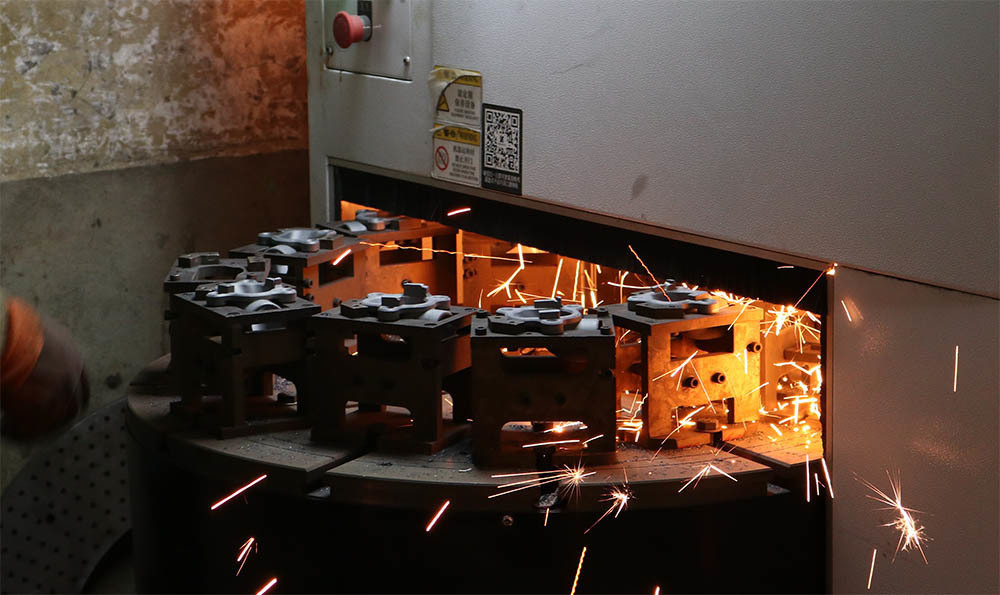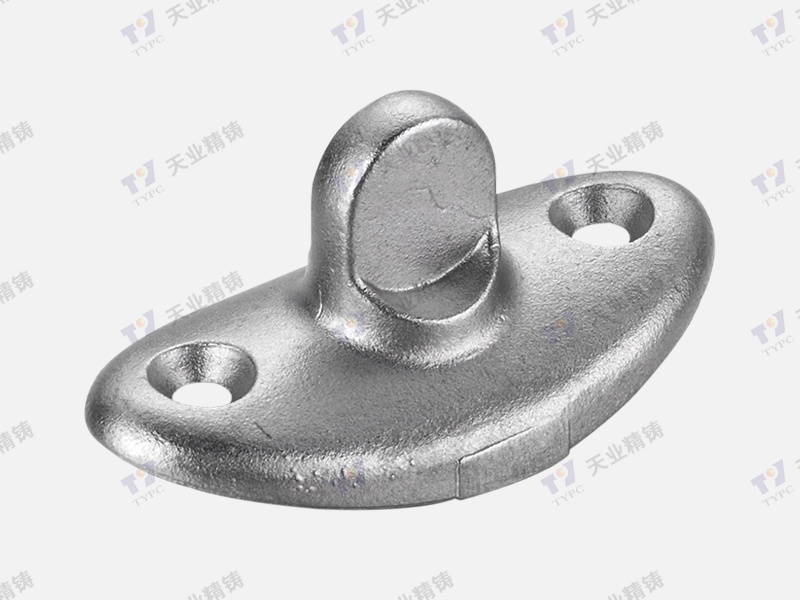2025-05-13
Unleash the Potential: Maximizing Efficiency with Advanced Power System Components
Unleash the Potential: Maximizing Efficiency with Advanced Power System Components
Introduction to Advanced Power System Components
In an increasingly competitive industrial landscape, **maximizing efficiency** is paramount. Advanced power system components play a critical role in enhancing operational performance, ensuring that industries can meet their energy demands effectively. This article delves into innovative technologies and strategies that can transform the efficiency of your power systems.
Understanding the Role of Power System Components
Power systems comprise various components, each crucial for maintaining reliability and efficiency. Key elements include:
1. Generators
Generators convert mechanical energy into electrical energy, serving as the backbone of any power system. By utilizing **high-efficiency generators**, industries can achieve significant fuel savings and reduce greenhouse gas emissions.
2. Transformers
Transformers play a pivotal role in voltage regulation and energy distribution. By employing **advanced transformer technology**, organizations can enhance energy transfer efficiency, minimizing energy loss during transmission.
3. Switchgear
Switchgear controls the flow of electricity and protects circuits from overloads. Implementing **smart switchgear solutions** can improve monitoring and control, leading to optimized energy consumption and operational safety.
4. Power Electronics
Power electronics manage the conversion and control of electrical power. Advanced power electronic devices, such as **inverters and converters**, offer improved performance and efficiency, significantly reducing energy waste.
Benefits of Utilizing Advanced Power System Components
Leveraging advanced power system components comes with a multitude of benefits. Understanding these can help organizations make informed decisions.
1. Increased Energy Efficiency
By integrating state-of-the-art components, industries can drastically improve their energy efficiency. **High-efficiency motors and drive systems** significantly reduce energy consumption, leading to lower operational costs.
2. Enhanced System Reliability
Advanced components often come with built-in monitoring capabilities that provide real-time data. This proactive approach minimizes downtime and enhances overall system reliability.
3. Reduced Maintenance Costs
Modern components are designed for longevity and require less frequent maintenance. This translates into substantial cost savings over time, allowing resources to be allocated elsewhere.
4. Sustainability and Environmental Impact
Utilizing advanced components can lead to reduced carbon footprints. By enhancing efficiency, organizations contribute to sustainability efforts while also adhering to regulatory requirements.
Key Strategies for Maximizing Efficiency
To fully harness the potential of advanced power system components, organizations should employ strategic approaches.
1. Conducting Energy Audits
Regular energy audits help identify inefficiencies within the power system. This critical analysis allows decision-makers to pinpoint areas for improvement, such as upgrading outdated components.
2. Embracing Smart Technology
By integrating **Internet of Things (IoT)** devices, organizations can monitor power usage in real-time. This data-driven approach enables more precise energy management, enhancing efficiency.
3. Implementing Predictive Maintenance
Predictive maintenance utilizes data analytics to anticipate equipment failures before they occur. This proactive approach minimizes downtime and extends the lifespan of power system components.
4. Training and Development
Investing in training for personnel ensures that staff are well-versed in the operation and maintenance of advanced systems. Well-trained employees can operate systems more efficiently and identify potential issues early.
Case Studies: Real-World Applications of Advanced Power Systems
Examining real-world implementations can offer insights into the effectiveness of advanced power system components.
1. Manufacturing Sector
A leading manufacturing firm integrated high-efficiency motors and smart switchgear into their production line. As a result, they achieved a **25% reduction in energy consumption** and a significant decrease in operational costs.
2. Renewable Energy Integration
A solar power company upgraded its inverters to advanced models with higher efficiency ratings. This enhancement led to a **15% increase in energy output**, thereby maximizing the return on investment.
3. Data Centers
A prominent data center adopted advanced cooling systems along with energy-efficient transformers. This initiative resulted in a **30% decrease in energy costs**, showcasing the importance of optimizing all components in the power system.
Future Trends in Power System Components
The future of power system components is bright, with emerging technologies poised to transform efficiency even further.
1. Digital Twins
Digital twin technology creates a virtual model of physical assets. This innovation allows for better analysis, predictive maintenance, and overall performance optimization of power systems.
2. Energy Storage Solutions
Innovations in battery technology and energy storage will enable organizations to store excess energy produced during low-demand periods. This capability enhances efficiency and stability in power systems.
3. Advanced Grid Technologies
Smart grids utilize advanced sensors and analytics to optimize electricity distribution. These technologies will pave the way for greater reliability and efficiency in power systems.
Best Practices for Implementing Advanced Components
To ensure successful integration of advanced power system components, consider the following best practices.
1. Engage with Experts
Collaborating with power system experts can provide valuable insights and recommendations tailored to specific industry needs.
2. Prioritize Scalability
When selecting components, prioritize options that offer scalability for future growth. This foresight will save costs and resources in the long term.
3. Maintain Compliance
Ensure that all components meet industry regulations and standards. Compliance not only reduces the risk of penalties but also enhances safety.
4. Foster Continuous Improvement
Encourage a culture of continuous improvement within your organization. Regularly review and update systems to stay ahead of technological advancements and market demands.
FAQs
1. What are advanced power system components?
Advanced power system components refer to modern technologies and equipment designed to enhance the efficiency and reliability of power systems, including generators, transformers, and power electronics.
2. How can I improve the efficiency of my power system?
Improving power system efficiency can be achieved through regular energy audits, embracing smart technologies, implementing predictive maintenance, and investing in employee training.
3. What role do energy audits play in maximizing efficiency?
Energy audits identify inefficiencies and areas for improvement within power systems, allowing organizations to make informed decisions about upgrades and optimizations.
4. Why is sustainability important in power systems?
Sustainability is crucial as it helps reduce environmental impact, comply with regulations, and lower operational costs, contributing to a more eco-friendly future.
5. What future trends should I be aware of in power systems?
Emerging trends include digital twin technology, advanced energy storage solutions, and smart grid technologies, all of which will further enhance efficiency and reliability.
Conclusion
In conclusion, embracing advanced power system components is essential for organizations looking to maximize efficiency and reduce operational costs. By understanding the role of each component, leveraging strategic approaches, and staying abreast of future trends, industries can unlock their full potential. Investing in these advanced technologies not only enhances performance but also paves the way for a sustainable and efficient future in power management.









